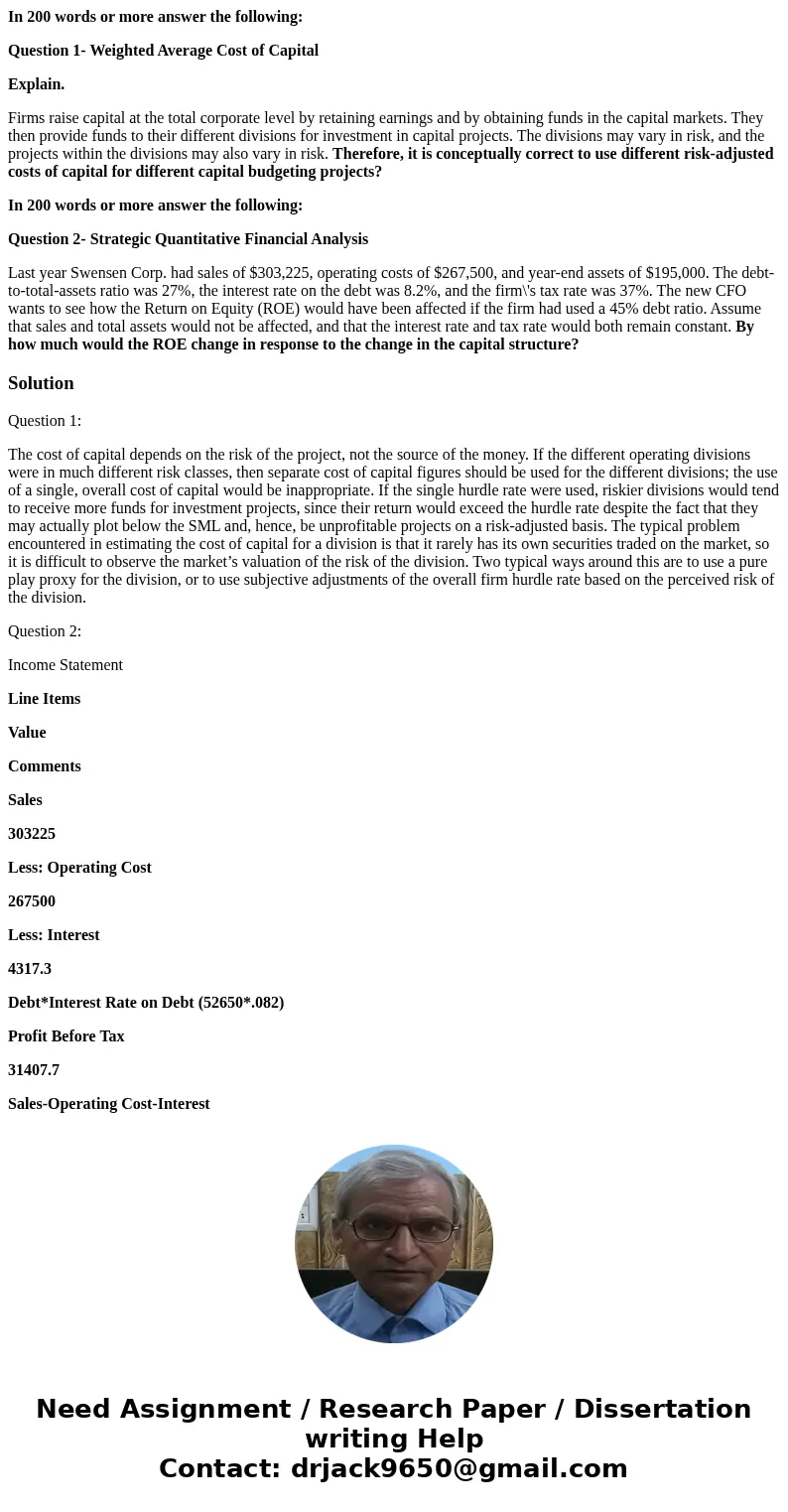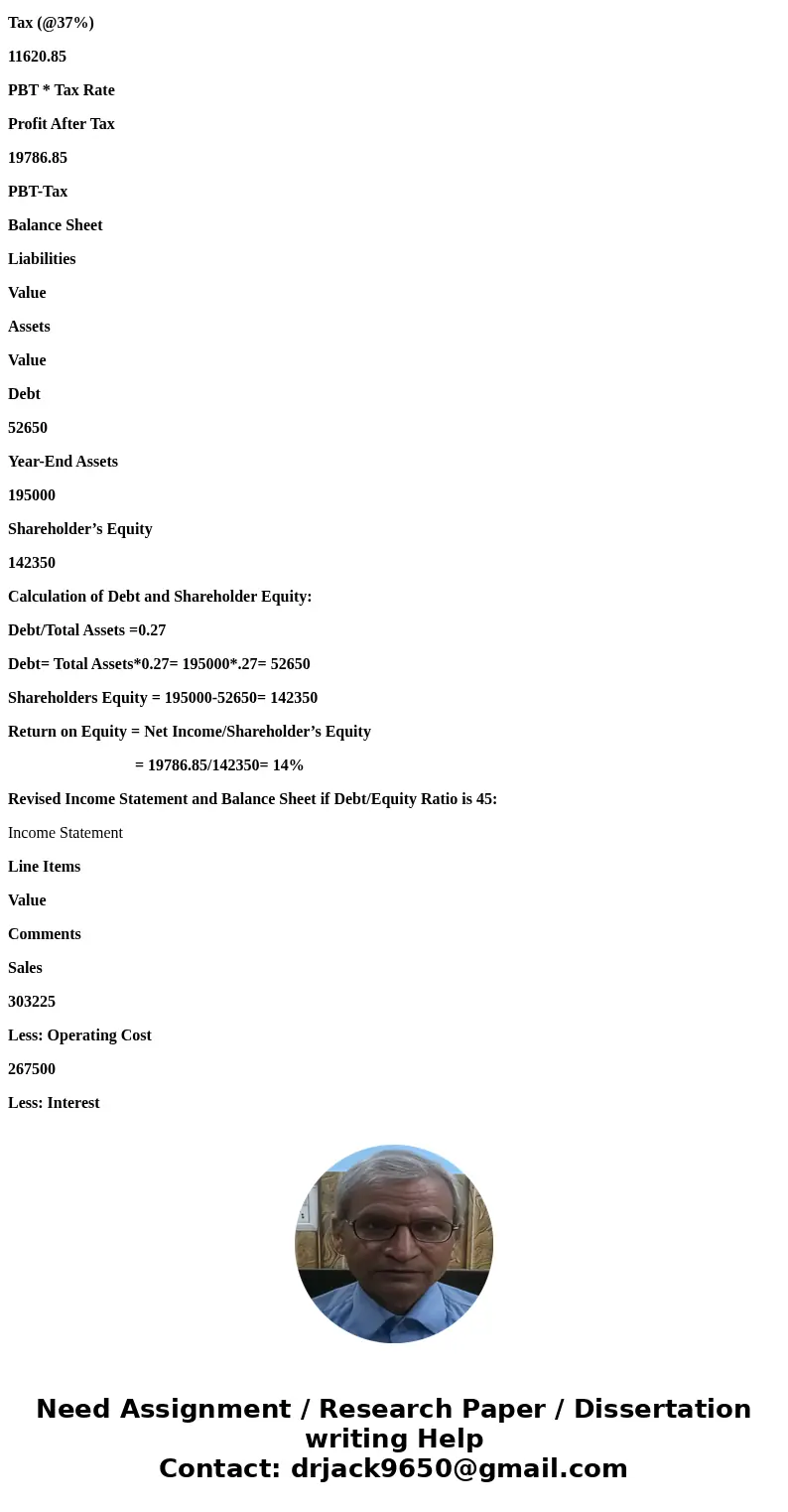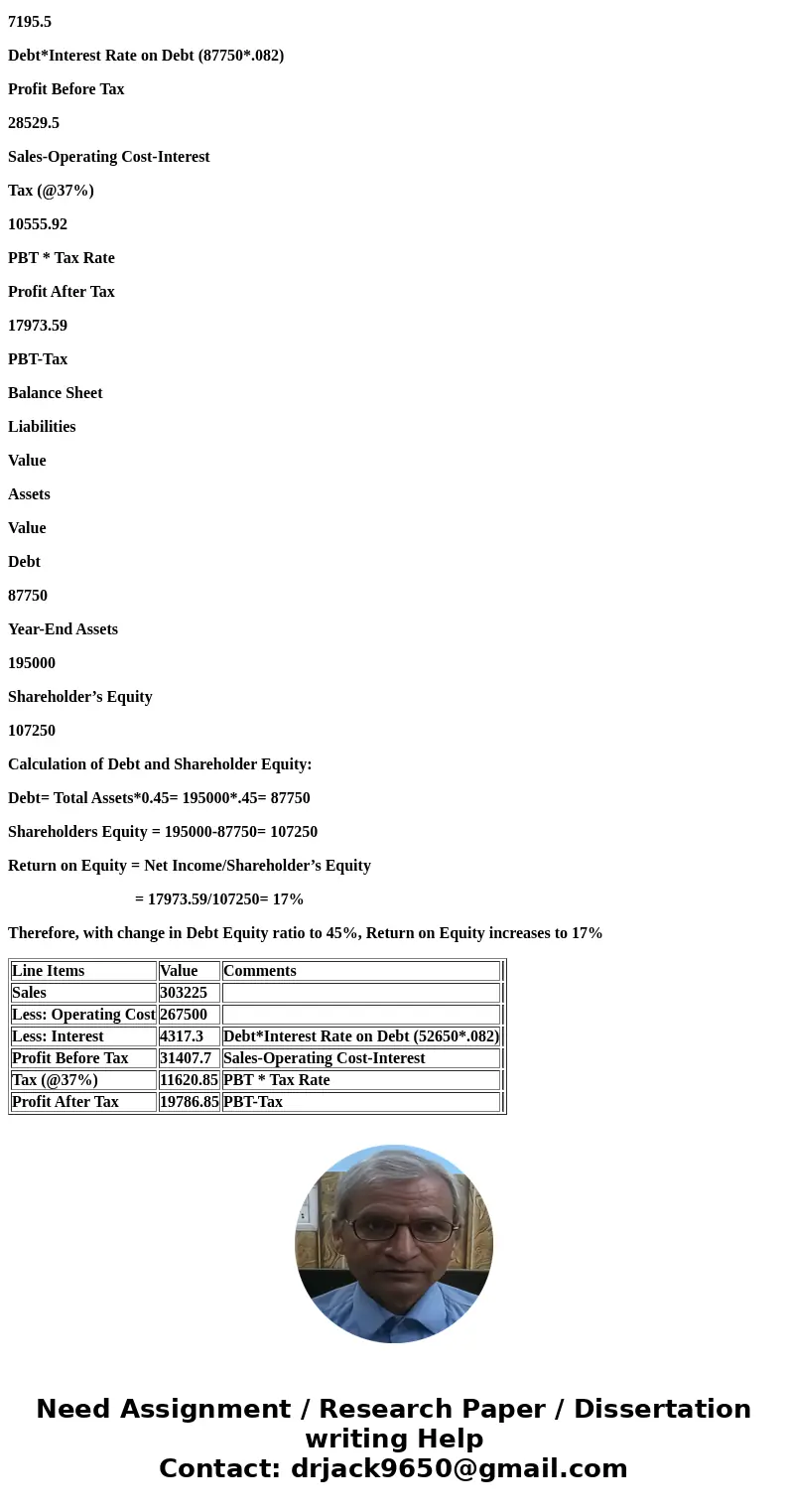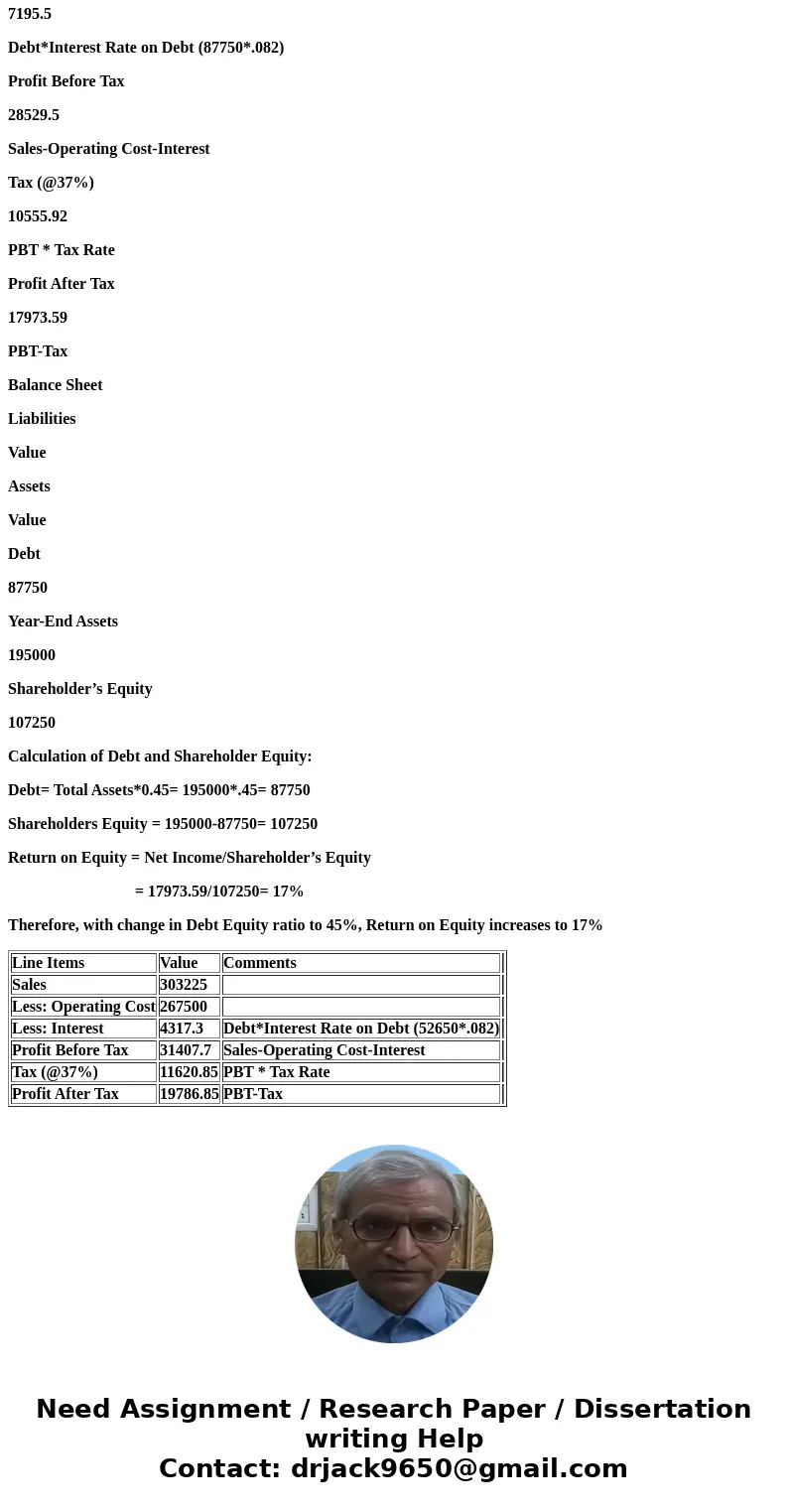In 200 words or more answer the following Question 1 Weighte
In 200 words or more answer the following:
Question 1- Weighted Average Cost of Capital
Explain.
Firms raise capital at the total corporate level by retaining earnings and by obtaining funds in the capital markets. They then provide funds to their different divisions for investment in capital projects. The divisions may vary in risk, and the projects within the divisions may also vary in risk. Therefore, it is conceptually correct to use different risk-adjusted costs of capital for different capital budgeting projects?
In 200 words or more answer the following:
Question 2- Strategic Quantitative Financial Analysis
Last year Swensen Corp. had sales of $303,225, operating costs of $267,500, and year-end assets of $195,000. The debt-to-total-assets ratio was 27%, the interest rate on the debt was 8.2%, and the firm\'s tax rate was 37%. The new CFO wants to see how the Return on Equity (ROE) would have been affected if the firm had used a 45% debt ratio. Assume that sales and total assets would not be affected, and that the interest rate and tax rate would both remain constant. By how much would the ROE change in response to the change in the capital structure?
Solution
Question 1:
The cost of capital depends on the risk of the project, not the source of the money. If the different operating divisions were in much different risk classes, then separate cost of capital figures should be used for the different divisions; the use of a single, overall cost of capital would be inappropriate. If the single hurdle rate were used, riskier divisions would tend to receive more funds for investment projects, since their return would exceed the hurdle rate despite the fact that they may actually plot below the SML and, hence, be unprofitable projects on a risk-adjusted basis. The typical problem encountered in estimating the cost of capital for a division is that it rarely has its own securities traded on the market, so it is difficult to observe the market’s valuation of the risk of the division. Two typical ways around this are to use a pure play proxy for the division, or to use subjective adjustments of the overall firm hurdle rate based on the perceived risk of the division.
Question 2:
Income Statement
Line Items
Value
Comments
Sales
303225
Less: Operating Cost
267500
Less: Interest
4317.3
Debt*Interest Rate on Debt (52650*.082)
Profit Before Tax
31407.7
Sales-Operating Cost-Interest
Tax (@37%)
11620.85
PBT * Tax Rate
Profit After Tax
19786.85
PBT-Tax
Balance Sheet
Liabilities
Value
Assets
Value
Debt
52650
Year-End Assets
195000
Shareholder’s Equity
142350
Calculation of Debt and Shareholder Equity:
Debt/Total Assets =0.27
Debt= Total Assets*0.27= 195000*.27= 52650
Shareholders Equity = 195000-52650= 142350
Return on Equity = Net Income/Shareholder’s Equity
= 19786.85/142350= 14%
Revised Income Statement and Balance Sheet if Debt/Equity Ratio is 45:
Income Statement
Line Items
Value
Comments
Sales
303225
Less: Operating Cost
267500
Less: Interest
7195.5
Debt*Interest Rate on Debt (87750*.082)
Profit Before Tax
28529.5
Sales-Operating Cost-Interest
Tax (@37%)
10555.92
PBT * Tax Rate
Profit After Tax
17973.59
PBT-Tax
Balance Sheet
Liabilities
Value
Assets
Value
Debt
87750
Year-End Assets
195000
Shareholder’s Equity
107250
Calculation of Debt and Shareholder Equity:
Debt= Total Assets*0.45= 195000*.45= 87750
Shareholders Equity = 195000-87750= 107250
Return on Equity = Net Income/Shareholder’s Equity
= 17973.59/107250= 17%
Therefore, with change in Debt Equity ratio to 45%, Return on Equity increases to 17%
| Line Items | Value | Comments | |
| Sales | 303225 | ||
| Less: Operating Cost | 267500 | ||
| Less: Interest | 4317.3 | Debt*Interest Rate on Debt (52650*.082) | |
| Profit Before Tax | 31407.7 | Sales-Operating Cost-Interest | |
| Tax (@37%) | 11620.85 | PBT * Tax Rate | |
| Profit After Tax | 19786.85 | PBT-Tax |




 Homework Sourse
Homework Sourse